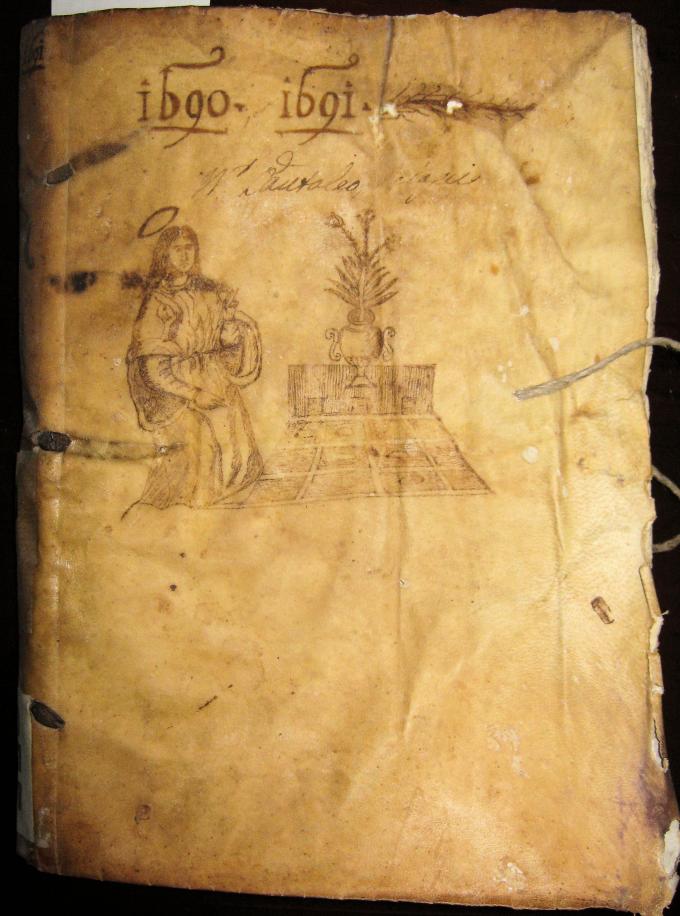Atti Notarili or Notary Acts in Italy
Notary Acts in Italy can be extremely useful if, after having exhausted all the information available in the Italian church records, you want to research even further back and learn more about your family history.

Although, some of these records can go as far back as the 1100s, the majority date back to the 1400s and 1500s.
Notary publics were responsible for regulating and recording all property transactions, debts, loans, creating wills, and later also collecting taxes on properties. For this reason, these records provide information on the assets and financial status of your ancestors. Although it is true that people of lesser means also owned property, maybe a house or a small plot of land, the reality is that eighty percent of the notary records only involved wealthy families.
For instance, if a home was to be auctioned off, the parties would meet at the office of the notary public; the auction would last as long as it would take for a candle to extinguish itself, the so called “consumazione della candela vergine." The home would then be awarded to the buyer who made the best offer.
Notary Acts can be found primarily in the State Archive of the main province or in the notary district and they are organized in the following way:
- According to the name of the notary and are listed chronologically
- According to the location; each location was under the jurisdiction of the State archive that was the repository of the acts recorded by the notaries operating in that district.
There are no indexes. In addition, these documents are handwritten, the language used is Latin, often special abbreviations and codes were used by the notaries and most of them are several pages long.
Here is an example of the information we can find in these precious documents:
|
It was back in the Middle Ages that notary publics started to purchase the so-called “publica fides” or the power to validate documents compiled by them, such as wills, dowries, deeds, donations, etc. Their signature used to also include a small drawing, a symbol purposely difficult to reproduce, also known as “signum."
The “signum” identified one notary public only and throughout the centuries it evolved into complex designs with the use of geometric figures, flowers and chiaroscuro techniques, basically following the style that was in vogue at the time.
Italian records are unique and weave fantastic family stories, waiting to be discovered. Do you know yours?
© 2018 MY ITALIAN FAMILY, LLC. All rights reserved
